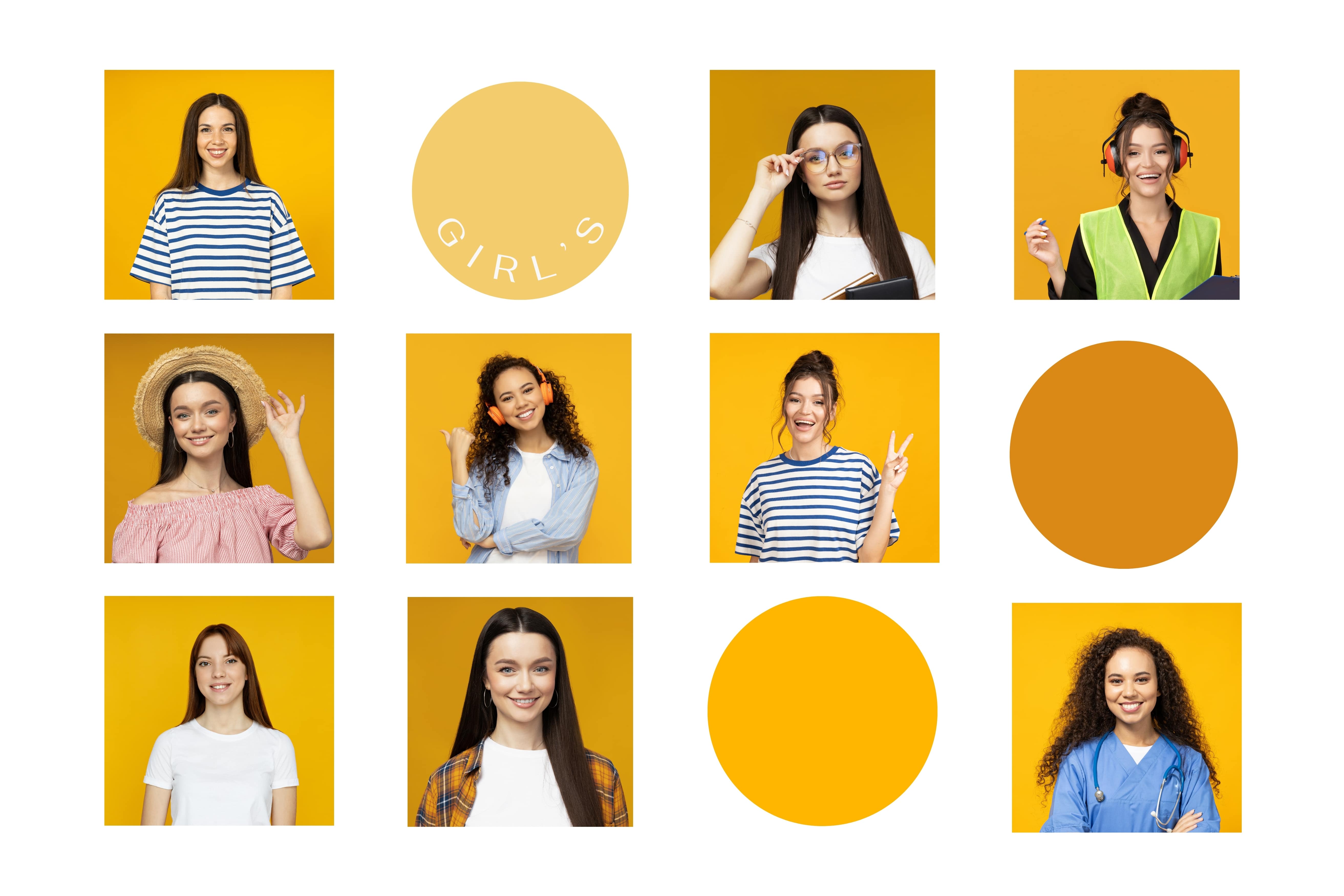
They're often mentioned together, and sometimes even used interchangeably—but UX (User Experience) and UI (User Interface) are two very different disciplines. One defines how things work; the other defines how they look.
At Duco İstanbul, we know that the best digital products are born when UX and UI work hand-in-hand. Neglecting one weakens the other—and the result is a product that may look nice but feels frustrating, or one that works great but lacks emotional appeal.
Let's break down what each does—and why they're both essential.
UX: The Blueprint for Experience
User Experience (UX) is all about how something works. It's about structure, logic, flow, and usability.
- Is the navigation intuitive?
- Are actions predictable and easy?
- Does the user journey feel natural?
UX involves wireframes, user flows, information architecture, accessibility, and interaction logic. It's the behind-the-scenes work that ensures your users don't have to think twice.
A good UX strategy reduces friction, increases satisfaction, and drives real results—from more signups to better retention.
UI: The Visual Personality
User Interface (UI) is about how something looks and feels. It includes typography, color, spacing, buttons, icons, animations—everything users see and touch.
A beautiful interface communicates credibility and builds trust. It also reinforces brand personality and encourages interaction through visual clarity.
But even the best UI can't save poor UX. A pretty button that leads nowhere still fails.
Why You Need Both
- UX without UI is cold and technical.
- UI without UX is shallow and frustrating.
To create a truly engaging product, you need both logic and emotion—form and function—strategy and style.
At Duco, our process integrates both disciplines from day one. UX defines the path; UI makes it irresistible.
UX is how it works. UI is how it feels. Together, they create digital experiences that users love—and return to.




